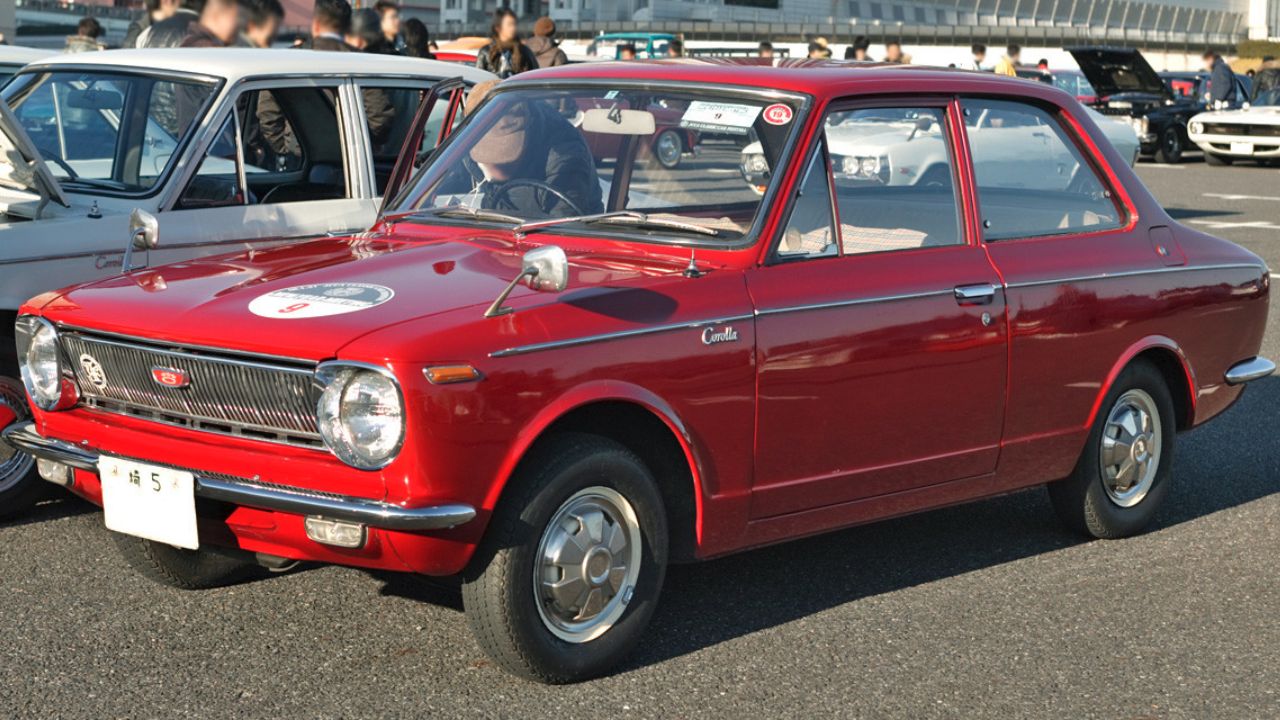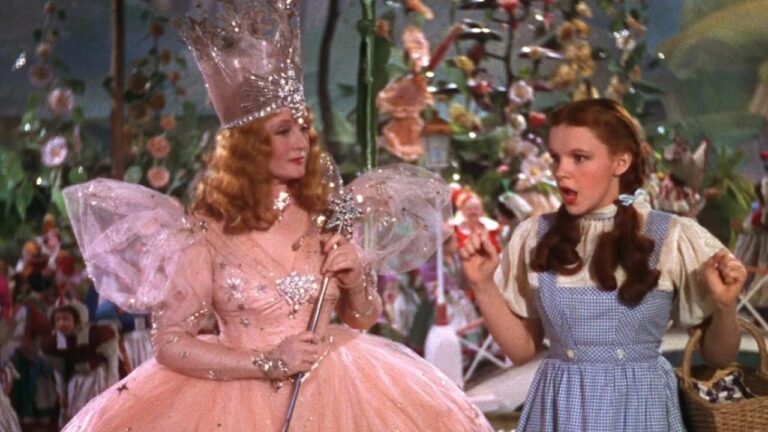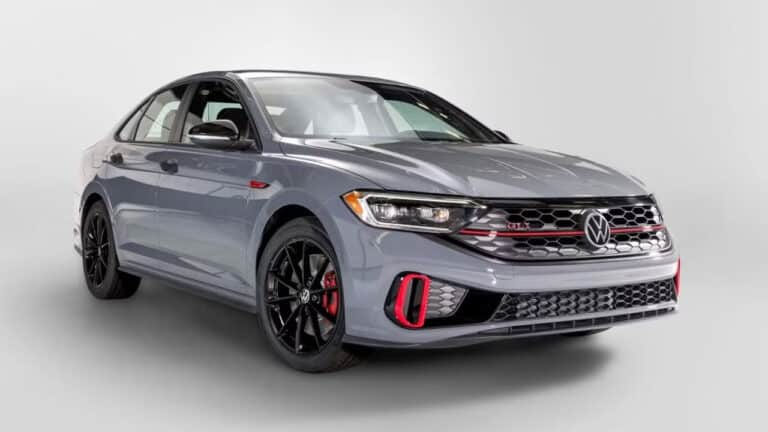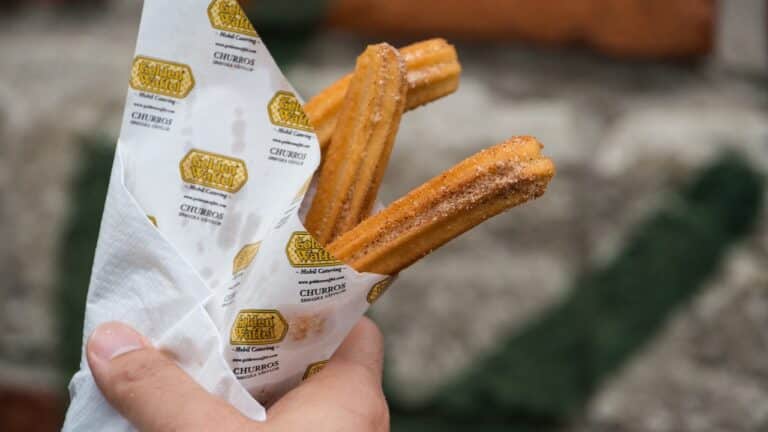13 Cars From the ’70s That Would Fail Every Modern Safety Test

For a car to sell in the United States, it must meet government-established safety standards. Every car model and variation of each model must, at least, meet regulations or surpass them. The U.S. government via the Federal Motor Vehicle Safety Standards (FMVSS) has, since March 1967, enforced the three main test categories, including crash avoidance, crashworthiness, and post-crash survivability.
While these standards have been in force since the 1960s, their requirements have tightened with time, updated, and made more stringent for the modern dispensation. For this reason, many classics from the 1970s won’t survive modern safety tests even though they may have passed with flying colors back then.
Ford Pinto

We expect many of us today to wonder how Ford managed to sell over three million Pintos in ten years. How did Ford pull it off? How did they keep the “Graveyard Math” in business for ten solid years? First of all, the Pinto would never have made it to the market in this modern era.
The watchdogs (NHTSA and IIHS) will catch the design defect that Ford’s executive successfully hid in the 1970s — until the cars started catching fire, that is. The car had a deadly design flaw that made it a fire risk due to the fuel tank behind the rear axle.
Chevrolet Vega

Apparently, the Vega wasn’t just a mountain of reliability issues. It’s noted as one of the worst cars ever made but managed to stay in production for approximately six years — from 1971 to 1977. It took the Pinto ten years to spread around 3.3 million units, but Vega got close to that benchmark in roughly half the time.
One of the reasons the Vega initially did well on the market was its affordability. It was probably the cheapest car in America, but that meant doing without many amenities, including basic safety features considered a must by today’s regulations.
Volkswagen Beetle

The Beetle is an icon beloved for its simplicity, affordability, and cultural symbolism. However, the Type 1 enjoyed an unnaturally long production run from 1938 all the way to 2003. That translates to an unmatched 65-year production run without a major redesign or transition to a new generation.
For this reason, the Beetle kept carrying over an outdated construction and lacked many safety features considered the standards for crash tests today. The early models didn’t even have seat belts. It used a body-on-frame construction with minimal reinforcement that would’ve left it severely crumpled if subjected to modern crash tests, such as frontal, side, and rear-impact collisions.
Datsun 240Z

The 240Z is wildly popular with gearheads, JDM (Japanese domestic market) fans, and just about every driving enthusiast we know. However, the Z car isn’t such a darling because it’s so safe. This car boasts terrible crash safety ratings and minimal structural integrity. It would never meet modern safety tests, not by a long shot. No airbags (can you believe that?), no reinforced door beams, and no adequate crumple zones.
We couldn’t have said it better than Greg over at the ZCar community forum: “None of them are anywhere near as safe as a late model car. The earlier 240’s are the worst. The later 240s and 280s had more reinforcements in the doors. The 280s actually had a functioning bumper.
Other than that they had no real safety devices or crash protection. I would dare say the best safety feature they have is their excellent handling. Not a problem to avoid most accidents. If you hit anything with any kind of speed, you are going to do serious damage to the car as well as yourself.”
Chrysler Cordoba

Chrysler produced and sold the Cordoba from 1975 to 1983. The supposedly luxurious car had no crumple zones or reinforced passenger cells to improve its body-on-frame construction. We don’t blame Chrysler for outfitting the interior with seatbelts lacking pretensioners or load limiters.
The Cordoba predates the widespread adoption of these advanced safety features, which reinforces our point: The car would fail every modern safety test. Safety features in Cordoba’s time were generally limited to seatbelts and basic structural reinforcement. It didn’t even bother with airbags, let alone standard safety requirements like ESC (electronic stability control) and ABS (anti-lock braking system).
AMC Gremlin

The Gremlin won’t win beauty contests. It won’t pass modern safety tests, either. The car’s short wheelbase, tall roofline, and relatively high center of gravity made it prone to rollovers. As one of the ugliest cars in America’s automotive history, the Gremlin didn’t expect to win admirers by incorporating essential safety features.
It was content with two-point lap seatbelts, although later models upgraded to three-point seatbelts. Even then, they didn’t feature pretensioners and load limiters.
The Gremlin wasn’t built with crumple zones crucial for absorbing and dissipating the impact from a collision and advanced side-impact beams and reinforced passenger compartments that would’ve worked in its favor if subjected to modern safety tests. Airbags weren’t a standard safety requirement at the time, so Gremlin didn’t bother with them either.
Pontiac Firebird

The Firebird is an American classic with a special place in muscle car history. Produced from 1967 to 2002, the Firebird competed with the Mustang and Camaro while showing off its iconic “Coke bottle” design with integrated bumpers.
Despite symbolizing the 1970s high performance, thanks to its Trans Am exploits, the Firebird would fail every modern safety test. The car’s “Coke bottle” shape, characterized by a sloping rear window, cut into the driver’s rearward visibility.
The relatively tiny side mirrors could benefit from the support of a rearview camera, which – of course – the Firebird didn’t have. In other words, the absence of a rearview camera alone would disqualify the car today. The thing has been mandatory for cars under 10,000 lbs in the United States since 2018.
Chevrolet Malibu (Early Models)

The Malibu has always been marketed as a family-friendly car, even before growing a pair of doors in the 1980s. It was born in 1964 as a high-ranking subseries of the Chevelle, boasting a more luxurious interior like patterned cloth and vinyl upholstery, deluxe steering wheel, and deep-twist carpeting.
Interestingly, they sold this supposedly family-friendly car without child safety features such as ISOFIX mounts for child seats, rear-seat reminders, or side-curtain airbags. We don’t see how the early Malibus would pass safety tests today, not without these critical safety features designed to protect younger passengers. Not even the performance-oriented SS package included airbags, not frontal, side, curtain, or knee airbags.
Oldsmobile Cutlass

America loved and still loves the Cutlass for many reasons, starting from its large, accommodating size. Despite the Cutlass’ popularity, it would fail every modern safety test because it wasn’t particularly a beacon of safety innovations.
It enjoyed a long production run spanning the 1960s through the 1990s, but the earlier models couldn’t meet current safety regulations, not unless it updated its outdated, fire-risk body and cabin materials. Those will fail modern fire resistance standards and without adequate corrosion protection, will be deemed prone to premature structural failure.
Buick Skylark

Like many cars produced in the 1970s, not even the beloved Skylark can survive the harsher, more stringent scrutiny of modern safety watchdogs. It was born in 1953 as a limited-production luxury convertible to celebrate Buick’s 50th anniversary.
While its design and market positioning varied wildly over the years to keep pace with changing trends in technology and consumer preferences, the 1970s models (pre-1975) were heavy and lacked adequate crash protection.
The 1961–1972 Skylarks had returned to their top-tier roots, offered as a more luxurious alternative to the entry-level Buick Special. Without airbags, crumple zones, and modern seat belts, the Skylark will fail woefully if subjected to modern safety tests.
Nissan 510

The Nissan 510, produced from the late 1960s to the early 1970s, would fail modern safety tests despite being a celebrated classic car with a special place in automotive history and culture. It would fail because it’s missing, among other standard safety features, electronic stability control, anti-lock braking system, airbags, and pedestrian safety measures (yes, we should mention it).
Additionally, the 510 was built with a simpler structure that won’t provide the same level of protection as modern cars built with reinforced safety cages and high-strength materials.
Dodge Dart (Original Run)

The original Dart was born in 1960 and lived only until 1976 before returning in 2013, only to quit again in 2016. Dodge remembers the nameplate as “a major player in American motor history,” even though the originals would never make it in modern safety evaluations.
The NHTSA noted that four recalls were “a record of safety issues for vehicles of this year [1970], make, model, and trim.” Without the rigorous tests of the modern era looming over them, the ‘70s Dart models didn’t bother with the structural reinforcements you’d find in modern cars. No ABS, no ADAS, and no ESC mean automatic disqualification today.
Toyota Corolla E10/E20 (First Generation)

The Corolla was born as a subcompact car in 1966 and, by 1974, had become the world’s bestselling car. The name “Corolla” is actually Latin for “small crown,” signaling the model’s relationship and position in the Japanese automaker’s Crown family of sedans. The Corolla has always been about the people — as Toyota says, “a car for the masses in an evolved form.”
The modern Corolla is one of the safest on the market, boasting a 5-star overall safety rating by the NHTSA and top scores from the IIHS. This means it has all the standard features, including forward collision warning, lane-keep assist, and traffic sign recognition. Recognizing that the earlier models won’t even meet regulations today demonstrates how far the Corolla has come.





